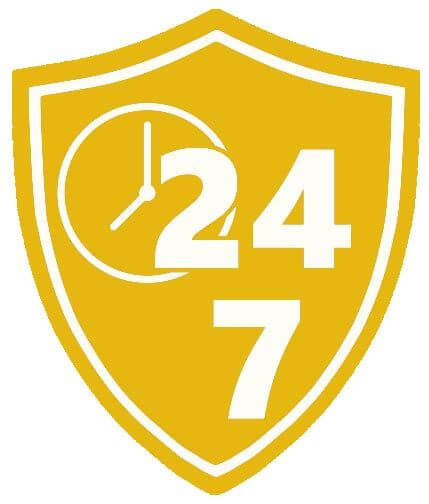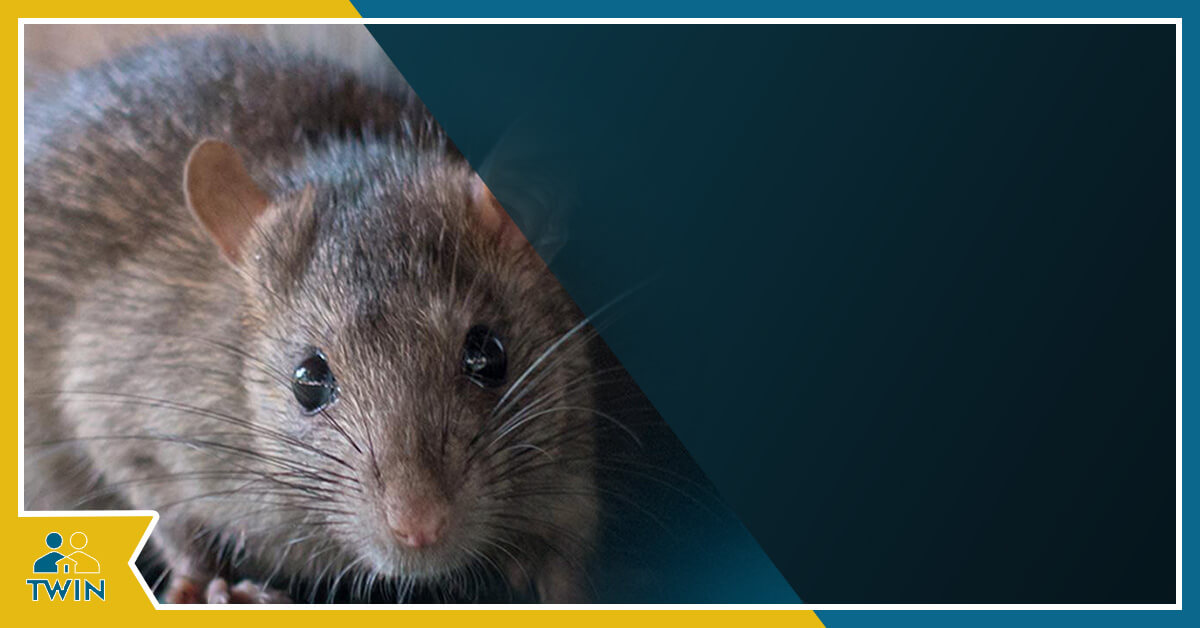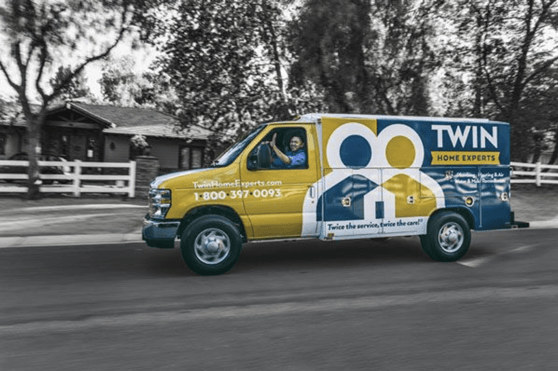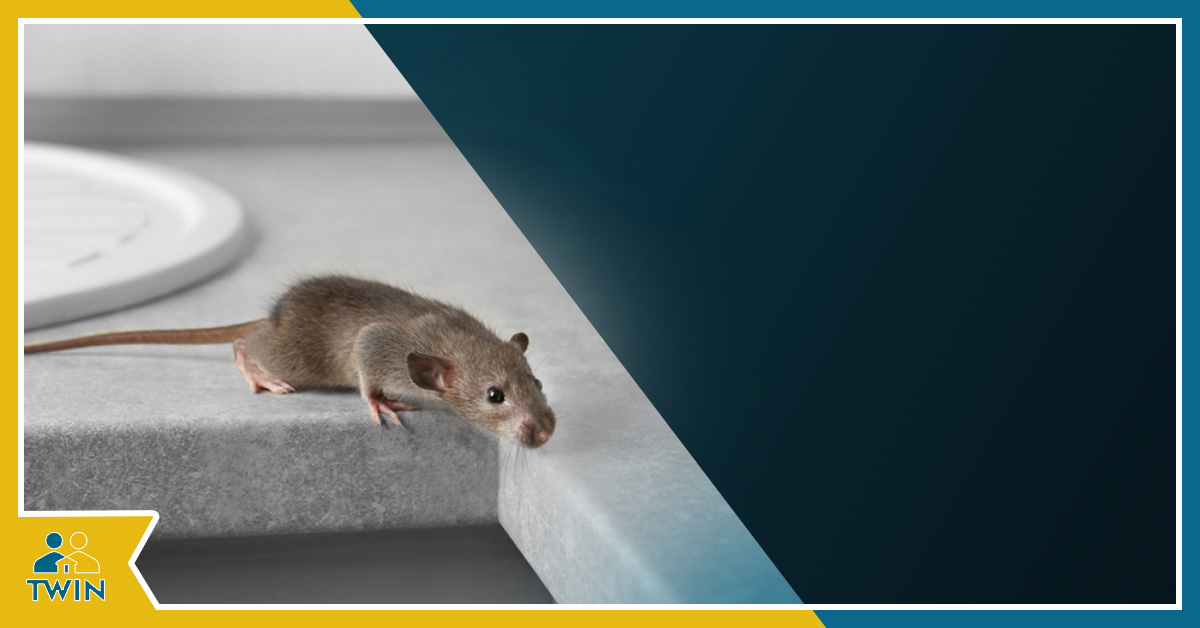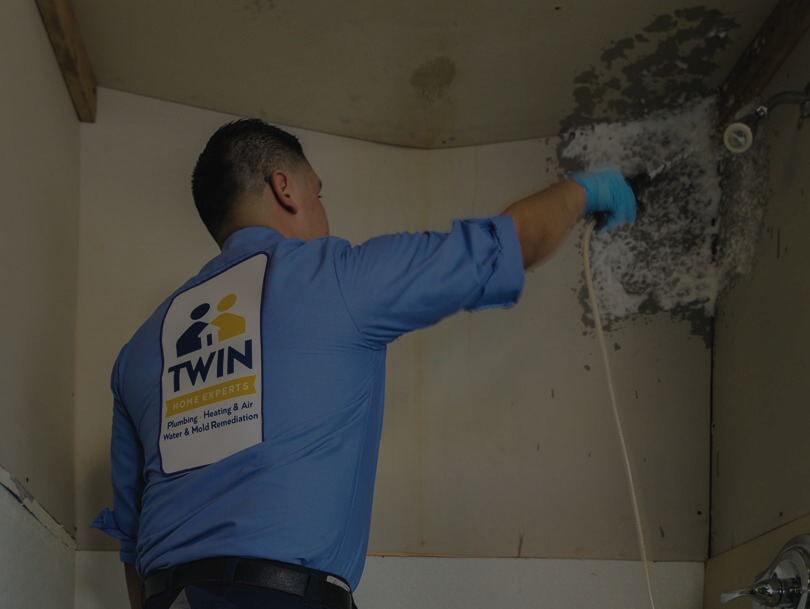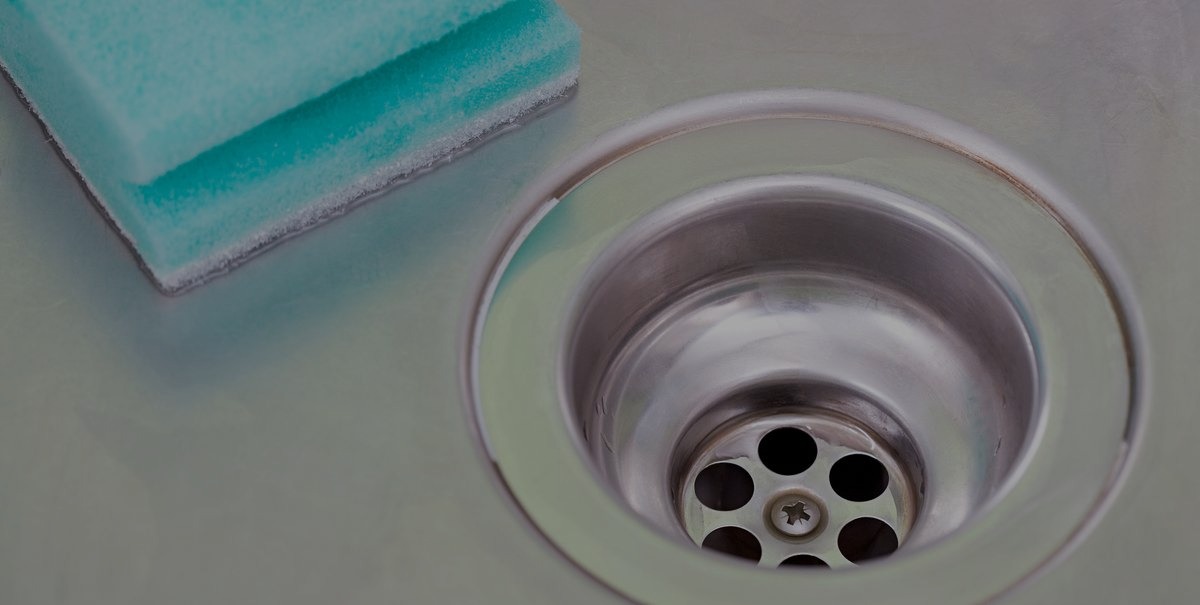Sewer Systems in Los Angeles
There are two types of sewers in the Los Angeles areas: main and lateral.
Your home’s sewer is connected to the sewer “main” (large pipe often running under the street) via a “lateral” pipe extending from the home (upper lateral in diagram), across the property line (lower lateral), and then into the main. In many communities, homeowners are responsible for maintaining the “upper” lateral that runs under their property and the city is responsible for maintaining the “lower” lateral and the main.
Either way, homeowners must maintain the entire upper lateral.
In Los Angeles homes built or remodeled after 1972, sewer systems have a cleanout for clearing obstructions in the lateral and a sewer relief device as required by local building codes. Property owners are responsible for installing and maintaining the sewer relief valves on each property in the city that is connected to the City’s sewer system. If you continue to experience repeated sewer problems or would like additional protection, we recommend you hire a licensed plumber to perform a sewer inspection of your sewer lateral and install a Backflow Prevention Device (BPD) to further prevent sewer backups or backflows into your home.Especially if your home is lower than the city sewer lateral — we see these a lot in the Los Felix areas. For more information and tips on how to prevent sewage backflows, visit our YouTube channel.
How to Prevent Backflows Into Your Home
If your sewer system does not have a cleanout, you should have one installed to allow plumbers access to clear any blockage in your line. Here’s a video of the Twin Plumbers discussing the many benefits of having a sewer cleanout installed in your home!
Even if you already have a cleanout, you also need a backflow prevention device installed in the sewer lateral if your plumbing system is located below the cleanout or less than one foot above the nearest upstream manhole. Occasionally,Los Angeles homeowners may experience unnecessary sewer backups into their homes. These backups are often preventable if homeowners observe simple sewer maintenance tips and install an inexpensive sewer relief device (backflow prevention device) as well as a sewer camera inspection every two to 4 years. This is a great benefit particular with a tree lined street.
The sewer relief device is a type of backflow prevention device that allows water and materials that back up to escape from the cleanout rather than flowing into the home. Many sewer relief devices can be installed by the homeowner or a plumber. If not already installed, these items will be required if you remodel or add a bathroom to your home. You can always check with your local building and safety department for the local codes.
How to Check If You Have a Cleanout or Sewer Relief Device
To check if your home has a cleanout or sewer relief device, look for a lid, a round or square plate labeled “sewer” near the property line, street, or sidewalk in front of your home. In some cases, a cleanout may be located in the yard near the home or in the backyard if the sewer main runs behind the house. Here’s a link on how to find a sewer clean out from the Twin Plumbers:
Open the lid and you will see the top of the pipe leading to the lateral. This pipe is sealed by a cap that screws in place. Or its going to be a black rubber cap that should be loose and will act like a sewer relief and pop up once the water level rises, this will be a water damage saver inside your home. In fact, we always recommend this over a screw cap.
How to Prevent Backups
Sanitary sewer systems are designed to handle three types of waste products: used water, human body waste, and toilet paper. To keep this system working properly:
DO NOT pour grease, fats, and oils from cooking down the drain.
DO NOT use the sewer to dispose of food scraps.
DO NOT use the toilet as a wastebasket for garbage or chemicals. These items can kill “good” bacteria used for sewage treatment.
DO: Collect grease in a container and dispose of it in the garbage.
DO: Place food scraps in the garbage for disposal with solid waste, or start a compost pile.
DO: Place a wastebasket in the bathroom to dispose of solid waste. Disposable diapers and personal hygiene products do not belong in the sewer system.
DO: Avoid planting trees with shallow, spreading root systems near your sewer lateral. Tree roots seek water sources, such as cracked sewer lines. Once the roots have penetrated the line through cracks, the roots can create a dense mat and trap materials.
By following these simple Twin Plumbers DOs and DON’Ts, you can help prevent sewer backups and avoid expensive plumbing and cleanup bills.
What to Expect and What to Do
A backup typically occurs in a home’s plumbing system or lateral and will not cause damage if you discontinue using the plumbing fixture(s) until the system is cleared. Most slow-moving drains, toilets, or backups can be remedied with drain cleaners or a plunger. If your own methods fail, call a plumber. If the plumber establishes that the problems is not in your line, call the City’s Public Works Maintenance right away at 323 342 6006.
A backflow is much less common and occurs when water or materials come up through a drain, toilet, or other fixture when the home’s plumbing system is not being used. This may indicate that the city main is blocked and wastewater is backing up into your lateral line and home. If this occurs,and water damage is present, then the city will pay for damages.
Appropriate personnel will be dispatched to investigate and remedy any problem in the city main or lateral maintained by the City. Los Angeles homeowners are responsible for clearing any blockage in the home’s plumbing system & maintaining the lateral and for any resulting flooding damage to the structure. The homeowner is also responsible for damage occurring due to an improperly constructed lateral, including a lack of required backflow prevention devices or illegal hookups. City personnel will provide advice and assistance if a backflow occurs due to an obstruction originating off the property.
If you experience a backup or backflow causing flood damage to your home, you should:
- Keep people and pets away from the affected area(s) and do not attempt to clean it yourself.
- Call an experienced restoration company for clean up and removal of affected surfaces,a good sanitization is the key.
- Leave items in the affected area for the experts to handle.
- Report a claim to your homeowners insurance carrier.
- If you had recent plumbing work, contact your plumber or contractor.
- If you have a claim against the City, file your claim as soon as possible.
IN THE CASE OF A SEWER EMERGENCY:
1. Report immediately to the City:
Los Angels Public Works Maintenance
1 800 773 2489
Monday – Friday 7:30am – 5:00 pm
OR
THE TWINPLUMBERS :
323 – 638 – 7990
We are open 24/7 for all plumbing emergency needs.
Well, we sure hope this post was helpful, please contact us for any other questions. As always, thank you for reading our blog today.
The post Los Angeles Sewer Back-Up Prevention Tips appeared first on Twin Home Experts.
